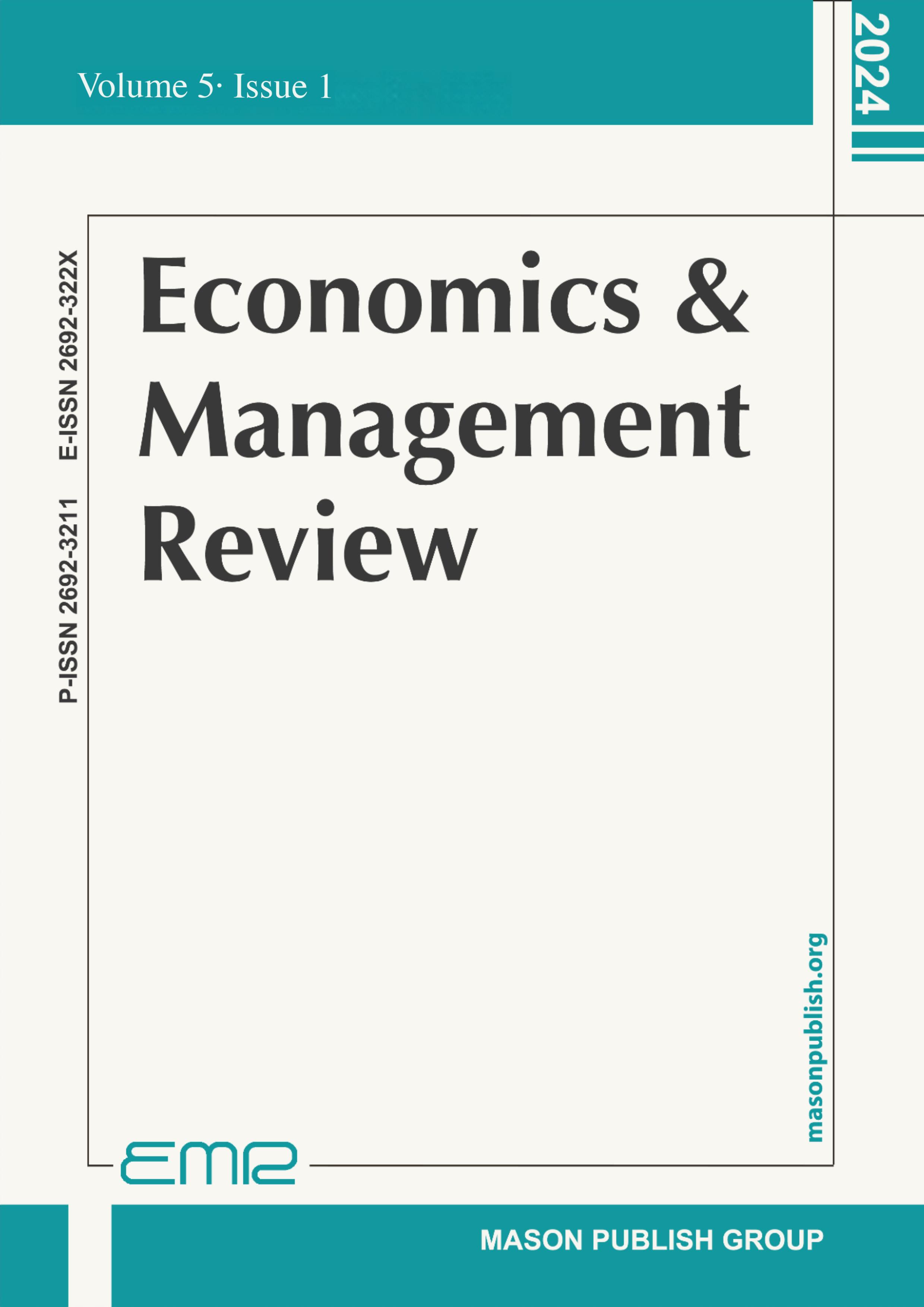Comparative analysis of political and economic relations of Japan and Australia towards China
DOI:
https://doi.org/10.37420./j.emr.2024.042Keywords:
Political Power; Middle Power; Containment and decoupling; InterdependentAbstract
Japan and Australia are both Allies of the United States and members of the Quad alliance of Japan, US, Australia and India. Both countries contain China politically and are economically interdependent with China. On the surface, the political and economic relations between the two countries towards China are generally similar, but in fact, they are quite different. Using the method of unification of history and logic and empirical analysis, This paper analyzes the differences between Japan and Australia in their relations with China from political and economic aspects. The conclusion is that in the context of “strategic competition” between China and US, based on its strategic needs of “political power”, Japan adheres to the foreign strategy of taking the Japan-US alliance as the Pivot. Economically, China and Japan are in a high degree of symmetrical interdependence, and the two economies can operate relatively independently from the influence of political relations. It is difficult for China and Japan to fundamentally improve their political relations at this stage. Australia adheres to the strategy of “Middle Power”, and the Labor government emphasizes maintaining its independence and adhering to multilateralism in the “Australia-US alliance”. Economically, Australia is in an asymmetrical interdependence with China, which will promote the development of the political relationship between China and Australia. Therefore, after India, China should give priority to the development of relations with Australia, which is of great significance to the division of the Quad and the dissolution of the synergy of the Quad.
Downloads
Published
How to Cite
Issue
Section
Categories
License
Copyright (c) 2024 Economics & Management Review

This work is licensed under a Creative Commons Attribution 4.0 International License.
Creative Commons Attribution International License (CC BY 4.0). (http://creativecommons.org/licenses/by/4.0/)





